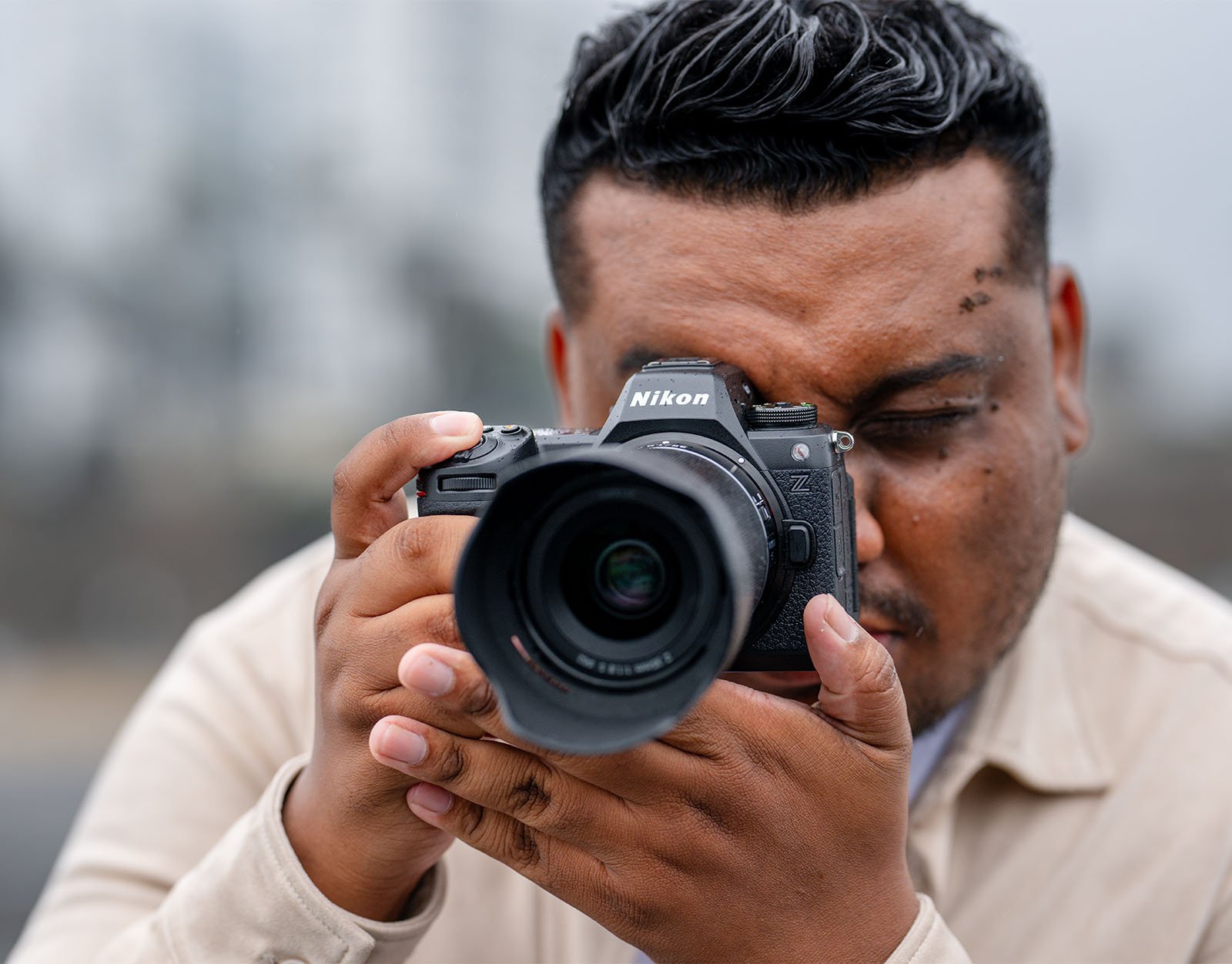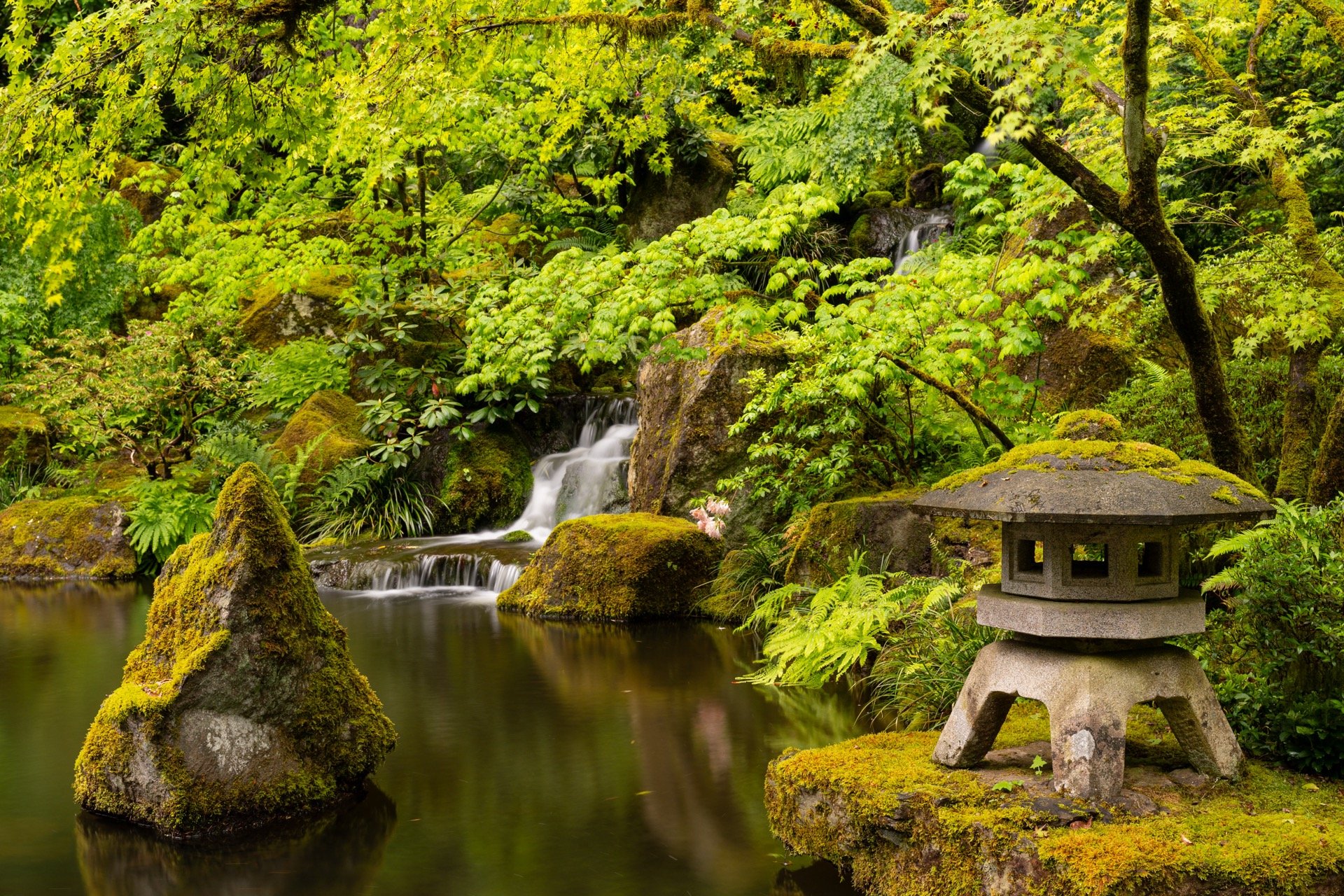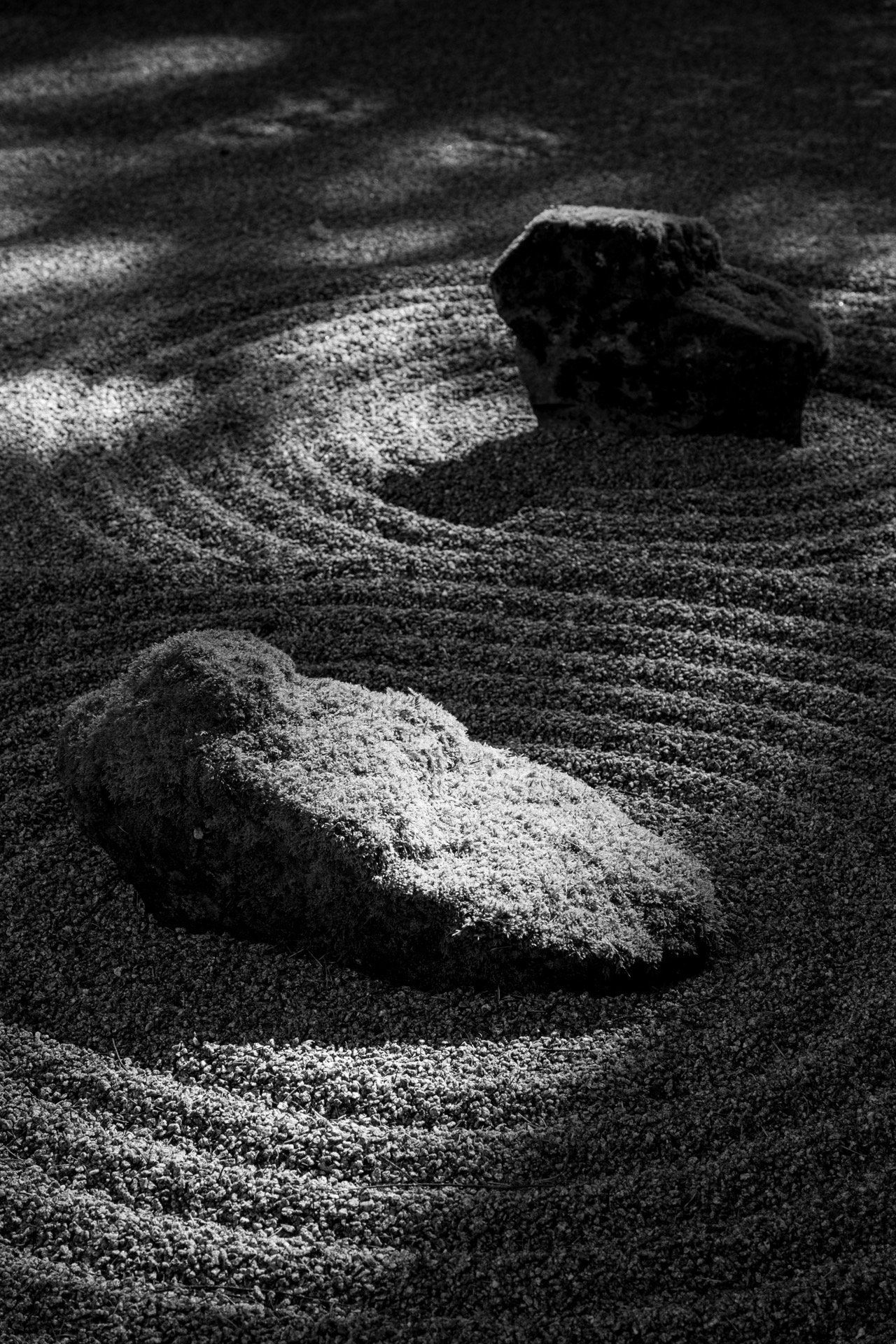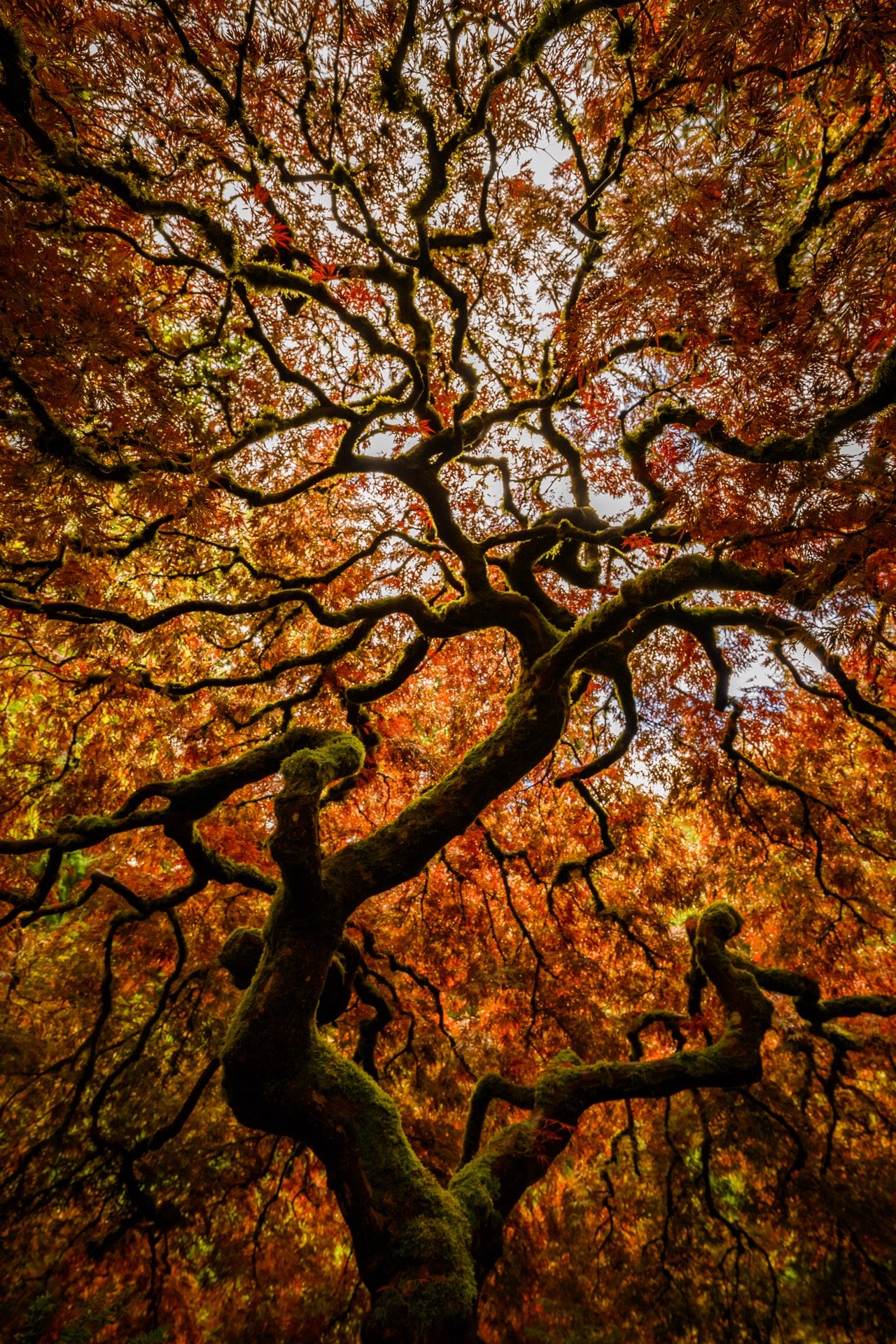
[ad_1]
![]()
The Nikon Z6 III’s peak dynamic range can’t keep pace with its predecessor, the Z6 II. The gap isn’t minor, either. But how much does it matter, and does it mean photographers should opt for the older model?
Although readers should check out the original news story, the quick rundown is that the Z6 II’s peak dynamic range at base ISO (100) is 11.26, while the Z6 III tops out at 10.46. That’s a considerable difference, even greater than the gap between the full-frame Sony a7 IV (11.57) and APS-C a6700 (10.93).
While PetaPixel attempted, unsuccessfully, to get more information from Nikon about the matter, the most likely explanation for the Z6 III’s dynamic range performance is that the newly developed partially stacked sensor is to blame. It’s the only thing that makes much sense.

As an aside, the Z6 III’s dynamic range catches up to the Z6 II’s by ISO 800, so the gap in dynamic range only concerns image quality at the base and very low ISO settings.
Of course, the new sensor, while likely responsible for the worse dynamic range performance at low ISO, is also responsible for some of the Z6 III’s most exciting and compelling features, including a higher maximum ISO, improved high ISO image quality (the EXPEED 7 processor plays a role here, too), pre-release shooting, a much larger buffer, faster shooting, better autofocus performance, and way better video performance.

What does the Z6 III’s worse dynamic range performance mean in real-world terms?
At a surface level, a worse dynamic range means that a camera captures a relatively narrower range of tonal values, from the darkest to brightest regions of an image. This is especially important for photographers who shoot photos with a wide range of brightness, like landscape photographers. If a sensor has worse dynamic range, capturing varied exposure values in a single frame will be more challenging.
A photographic dynamic range of 10.46, which is what Photons to Photos has measured for the Z6 III, is not bad by any stretch of the imagination. It is in the same ballpark as cameras like the Fujifilm X100V, Nikon D3X, Canon EOS 1D X Mark II, Sony a9, Leica M10, Panasonic G9 II, and the Canon EOS R, to name a few. None of these cameras are listed among the best in terms of image quality today, but all can capture fantastic images.
I’m as guilty as anyone of getting mired in the technical performance of cameras, but ultimately, while there is better and worse image quality, there’s a degree of hair-splitting at some point.

That said, for photographers who prioritize image quality, it is evident that there are better choices than the Z6 III, all else equal.
But not all photographers put image quality above everything else. For those who care about speed, autofocus performance, video features, and the overall user experience, the Z6 III is an obviously great choice. Arguably, it is the best overall choice for a full-frame mirrorless camera in the $2,000 to $3,000 price range.
If someone is a landscape photographer or wants more resolution than the Z6 III’s 24 megapixels, the Nikon Z7 II still makes a lot of sense. Its peak dynamic range (11.6) is superb, and barely outpaced by the Sony a7R V and even some 50-megapixel medium-format cameras. Will there ever be a Z7 III? It’s hard to say.
It is also worth noting that while peak dynamic range often correlates with overall image quality, it only measures the difference between two extremes in a particular way. It does not necessarily say anything about metrics like color accuracy, tonal transitions, or any subjective aspects of photographic quality. Camera X can have more dynamic range than camera Y and have worse image quality. Dynamic range is a quantitative measurement, not a qualitative one.

The dynamic range of an image sensor is but one metric by which it can be evaluated. It is an important one, to be sure, but it is not the end-all, be-all. While we discuss dynamic range testing numbers at PetaPixel, with good reason, they must always be considered within a larger context.
The Nikon Z6 III’s peak dynamic range is verifiably worse than its predecessor’s. However, Nikon’s newest camera is exceptional and, for many photographers, a significantly better choice than the Z6 II.
“The $2,500 Nikon Z6 III simply represents a major upgrade at a reasonable price and it’s hard not to respect a camera when it can do that. It is most certainly the spiritual successor to the D750, a camera that was capable enough for most situations and earned the respect of photographers whether they shot Nikon or not. I think the Z6 III will fulfill exactly this role for Nikon again and it is going to be a win for both Nikon and its users,” Chris Niccolls concludes in PetaPixel‘s Nikon Z6 III Initial Review.
Reduced dynamic range in optimal shooting conditions is a small price to pay for basically everything else being superior. Others may reasonably disagree, but it’s important not to dismiss the Z6 III entirely because of a singular aspect of its image quality.
Image credits: Header photo created using an asset licensed via Depositphotos.
[ad_2]